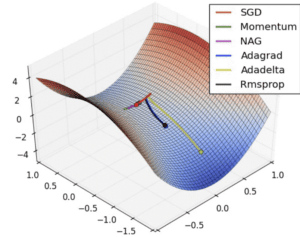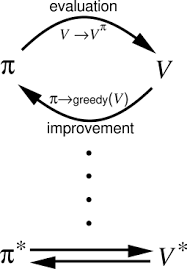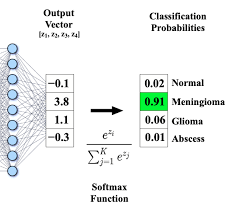A Brief History of Bidimensional Discrete Convolutions
The concept of convolutions originated in mathematics during the 18th century, initially used in signal processing and integral equations. By the 1980s, bidimensional discrete convolutions (BDC) became instrumental in computer vision when researchers like Yann LeCun incorporated them into convolutional neural networks (CNNs) for image recognition. This innovation revolutionised the way computers analyse visual data by automating pattern detection and significantly improving accuracy.

What Are Bidimensional Discrete Convolutions?
Bidimensional discrete convolutions function like advanced magnifying glasses: they zoom in on patterns in 2D data, such as images, to identify features like edges, textures, or shapes. Using a small grid (known as a kernel), BDC slides over the data matrix, calculating weighted sums of overlapping values to extract meaningful features.
Why Are Bidimensional Discrete Convolutions Used? What Challenges Do They Address?
Why Use Bidimensional Discrete Convolutions?
- Feature Extraction: Automatically detect visual patterns like edges, textures, and shapes.
- Efficiency: Reduce computational load compared to traditional image processing methods.
- Scalability: Seamlessly process large, high-resolution datasets.
Challenges Addressed:
- Processing High-Resolution Images: Extract relevant details from dense pixel data.
- Pattern Recognition: Automate the detection of visual cues for diverse applications.
- Real-Time Analysis: Enable fast, efficient processing for dynamic tasks like video feeds.
How Are Bidimensional Discrete Convolutions Used?
BDC involves applying a kernel (small matrix) over a 2D input, such as an image, to perform element-wise multiplication followed by summation. This process reduces complex patterns into simplified representations. Key steps include:
- Define a Kernel: Choose a filter, such as an edge-detection or sharpening matrix.
- Apply Convolution: Slide the kernel across the image, calculating weighted sums.
- Generate Feature Map: Produce a new matrix that represents the extracted features.
Applications range from edge detection and image sharpening to feature extraction for neural networks in machine learning.
Types of Bidimensional Discrete Convolutions
- Standard Convolution: Applies a kernel across the entire image.
- Depthwise Convolution: Operates on individual image channels separately.
- Separable Convolution: Splits a kernel into smaller operations for improved efficiency.
- Dilated Convolution: Introduces gaps between kernel elements to capture a larger context without additional computation.
Features of Bidimensional Discrete Convolutions
- Local Feature Extraction: Focuses on specific image regions to identify patterns.
- Reusability: Kernels can be reused for tasks like sharpening, smoothing, or blurring.
- Scalability: Handles images of varying sizes and resolutions with ease.
- Customisation: Allows filters to be tailored for specific applications.
Software and Tools for Bidimensional Discrete Convolutions
- OpenCV: A widely used library for image processing and convolution operations.
- TensorFlow: Robust support for convolutional operations in deep learning models.
- PyTorch: Customisable convolutional layers for advanced research and deployment.
- MATLAB: Tools for signal and image processing with visualisation capabilities.
- SciPy: Provides built-in methods for implementing convolutions in Python.
Industry Applications in Australian Governmental Agencies
- Healthcare: BDC is used to analyse X-rays and MRI scans, assisting in the automated diagnosis of diseases.
- Transport and Infrastructure: Enhances road monitoring by detecting potholes and analysing traffic patterns through camera feeds.
- Environmental Management: Monitors deforestation and water levels through satellite imagery.
Official Statistics and Industry Impact
- Global Impact: As of 2023, 85% of image recognition systems leveraged bidimensional convolutions, reducing error rates by 30% (Statista, 2023).
- Australian Impact: A 2023 report by the Australian Department of Industry revealed that 60% of government AI projects implemented bidimensional convolutions, boosting task efficiency by 20% in sectors like healthcare and environmental monitoring.
References
- LeCun, Y., et al. (1989). Backpropagation Applied to Handwritten Zip Code Recognition.
- OpenCV Documentation
- Australian Government: AI Applications in Environmental and Healthcare Analysis (2023).
How interested are you in uncovering even more about this topic? Our next article dives deeper into [insert next topic], unravelling insights you won’t want to miss. Stay curious and take the next step with us!








